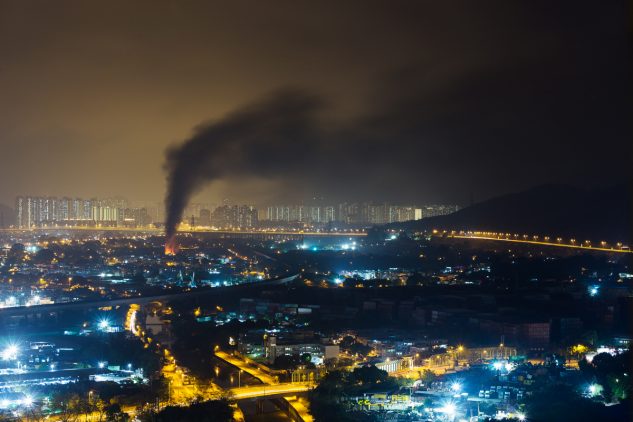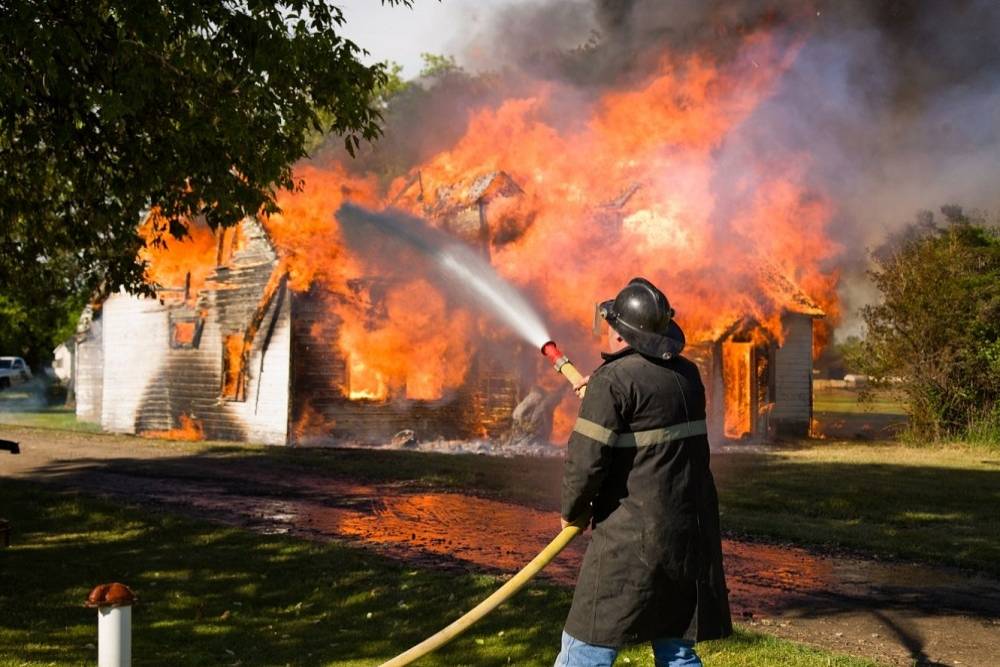Water can be used to put out safely Class A fires, which involve ordinary combustibles such as wood, paper, cloth, rubber, and trash. However, it is important to note that water should not be used on Class B fires, which involve flammable liquids, or Class C fires, which involve electrical equipment. Using water on these types of fires can spread the fire or cause an electrical shock.
Here are some tips for using water to put out a fire safely:
- Never use water on a fire that is already spreading. If the fire is spreading, it is best to evacuate the area and call the fire department.
- Use a hose or bucket to apply water to the base of the fire. Do not pour water directly onto the flames, as this can spread the fire.
- Be careful not to get too close to the fire. The water can cause steam, which can be hot and dangerous.
- Once the fire is out, keep an eye on it for a few minutes to make sure it does not reignite.
By following these tips, you can help to put out a fire safely and prevent it from spreading.
What Type of Fire Can Be Put Out Safely With Water? The correct answer is: Class A fire that means normal combustible materials. Example of Class A fire: Wood, rubber, paper, bags, dry cloth and plastic.
Water is a very effective fire extinguisher for small, contained fires. The water douses the flames and cools the surrounding area, which prevents the fire from reigniting. Always use caution when using water to put out a fire, as it can cause electrical shock if not used properly.
Water should never be used on grease or oil fires, as it will spread the flames.
Water is an effective fire extinguisher for many types of fires. It can be used on small fires, such as those that start in wastebaskets or dry combustible surfaces. Water can also be used to fight larger fires, but it must be used carefully.
Caution: If you use water to extinguish a grease fire, for example, the water will cause the burning grease to splatter and spread the fire. So avoid water for class B fire (Like Greases).

Credit: waterlinecontrols
What Type of Fire Can Be Put Out Safely With Water?
Water can safely extinguish Class A fires. Class A fires are fueled by organic materials like wood, paper, or fabric.
Class B fires are fueled by flammable liquids like grease, gasoline, or oil. In this case, never use water as a fire extinguisher medium. Class C fires are fueled by electrical equipment like appliances or wiring. You also avoid using water for class C.
Can You Put Out a Gas Fire With Water?
No, you should not put out a gas fire with water. Water will only spread the flames and make the fire worse. The best way to extinguish a gas fire is to turn off the gas supply at the source.
If the gas fire is small, you should cover the flames with a wet rag/woolen cloth/sand/ashes. If the amount of the fire involved is large, call help urgently.
Is It Safe to Put a Fire Out With Water?
When it comes to putting out fires, water is always the best bet. However, there are certain types of fires that require other extinguishing agents. For example, grease and oil fires should never be put out with water as it will only spread the flames.
Class A Fires, which involve common combustibles such as wood and paper, can be extinguished with water from a hose or fire extinguisher. Class B Fires, which involve flammable liquids such as gasoline or oils, should also never be put out with water as it will only cause the liquid to splash and spread the flames. The best way to extinguish a Class B fire is with foam or a dry chemical fire extinguisher.
How to Safely Put Out a Kitchen Fire
What Type of Fire Can Be Put Out Safely With Water on a Boat
One of the most common questions we get is, “What type of fire can be put out safely with water on a boat?” The answer to this question depends on several factors, but we’ll try to give you a general idea. First, it’s important to understand that there are three main types of fires: paper or wood fires, grease or oil fires, and electrical fires.
Water will only extinguish Class A type of fire, and each type of fire requires different techniques. Paper or wood fires are the easiest to put out with water. Simply aim a hose at the base of the fire and douse it until the flames are extinguished.
Grease or oil fires are more difficult to extinguish because water will actually cause these types of Fires spread. If you have a small grease fire, you can try smothering it with a wet towel. Otherwise, you’ll need to use an extinguisher specifically designed for grease or oil Fires .
Finally, electrical Fires should always be extinguished with an ABC-rated dry chemical extinguisher. Never use water on an electrical Fire. Now that you know what type of fire can be safely extinguished with water on a boat, remember to always take proper safety precautions when operating your vessel.
Conclusion
It’s important to know what type of fire can be put out safely with water, because using the wrong method could make the situation worse. For example, putting water on a grease fire will cause the grease to splatter and spread the fire. Class A fires are the most common and are fueled by paper or wood.
These types of fires can be extinguished with water. Class B fires are fueled by flammable liquids, such as gasoline or oil. Water can be used to cool the container, but should never be used directly on the flames.
Class C fires are electrical in nature and require special care. Never use water on an electrical fire, as it could shock you or make the situation worse. The best way to extinguish a Class C fire is to cut off the power supply before using another method like a dry chemical extinguisher.
Related: Who is Responsible for Explaining Fire Safety Procedures to Passengers on a Boat
